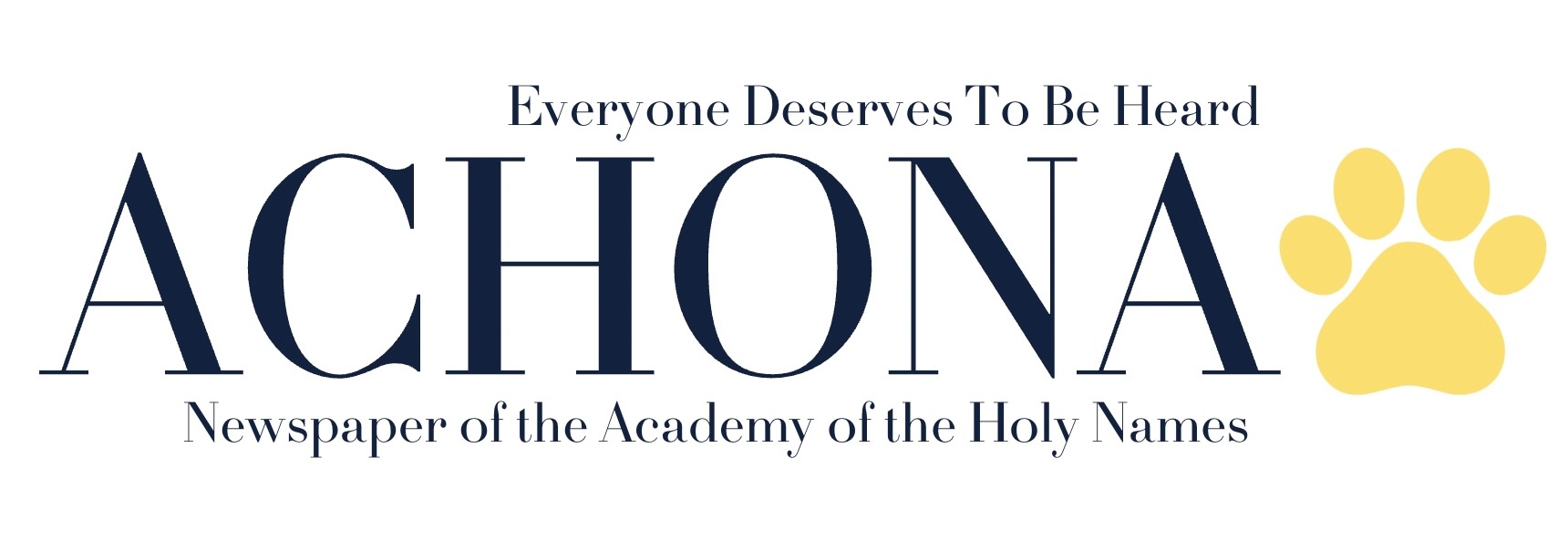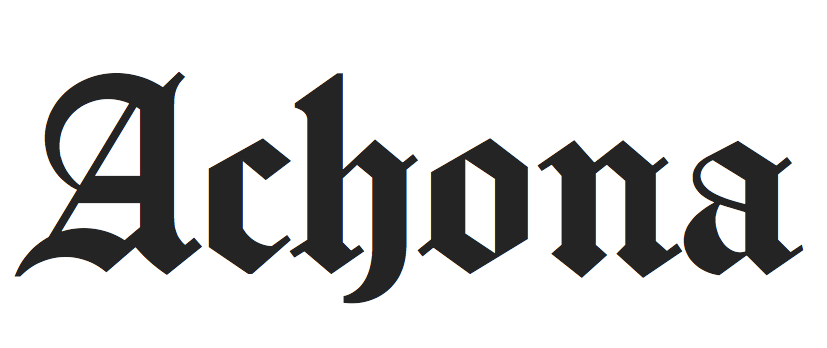Should there be warning labels on soda?
Last week Californian law makers proposed a bill that would require putting warning labels on sodas and other sugary beverages. The warning would state, “STATE OF CALIFORNIA SAFETY WARNING: Drinking beverages with added sugar(s) contributes to obesity, diabetes, and tooth decay,” and be placed wherever these drinks are sold. This would include not just the bottles themselves, but also vending machines, restaurant menus, and countertops where they are sold. This bill, though not quite as extreme, is reminiscent of Mayor Michael Bloomberg’s attempt to ban sugary beverages larger than 16 oz. from being sold. With these types of laws on the rise one must ask, will they make a difference?
There are several valid arguments in favor of these warning labels. For example, these sugary drinks are usually high in calories. This is an issue because people do not receive the same full feeling from eating their calories than they do when they drink them. As for diet sodas, a recent study at Johns Hopkins University suggests that those who regularly consume diet soda consume more calories throughout the day. Associate professor of health policy and management at the Johns Hopkins University Sara Bleich says, “”Diet-soda drinkers who are overweight or obese are eating more solid food during the day than overweight and obese people who drink sugary beverages.” Others have pointed out that many times consumers do not know how many calories are too much, whereas this warning will display to them a better understanding of the consequences and give people a more active role in their health choices.
On the flip side, there are also reasonable arguments against the labeling. One could argue that the majority of people are already aware of these possible effects and disregard them. In addition, several studies have indicated that labeling potentially harmful products have made no difference. In fact, a study conducted at Carnegie Melon University indicated that after McDonalds started labeling the amount of calories in each of its meals, people actually began consuming more calories than before. Furthermore, it was recently discovered than over the past decade childhood obesity has declined 43% without bills such as this one in place. Although, this finding does not indicate that the epidemic of Obesity is anywhere near over, it does hint that it is on the decline.
Personally, I think that placing these labels on sugary beverages will be a waste of time and will have no major effect on the consumption of sugary beverages. Taxes or bans on sugary drinks that exceed a certain size would most likely be effective, but unlikely to pass due to overwhelming unpopularity. Instead of using these labels that the majority of people will not even read or using more extreme routs to limit soda consumption, there should be different precautionary measures set in place. Restaurants, schools, and vending machines should be have more options available for beverages. There should also be better and more attention capturing ways of getting the health effects of soda across, such as an ad campaign. These less severe actions may not be as effective as a possible soda ban, but they are more likely to capture attention than warning labels.

Madison Anthony is a staff writer for Achona. Her hobbies include reading literature, baking, and jogging. In her free time you can most likely find her...



